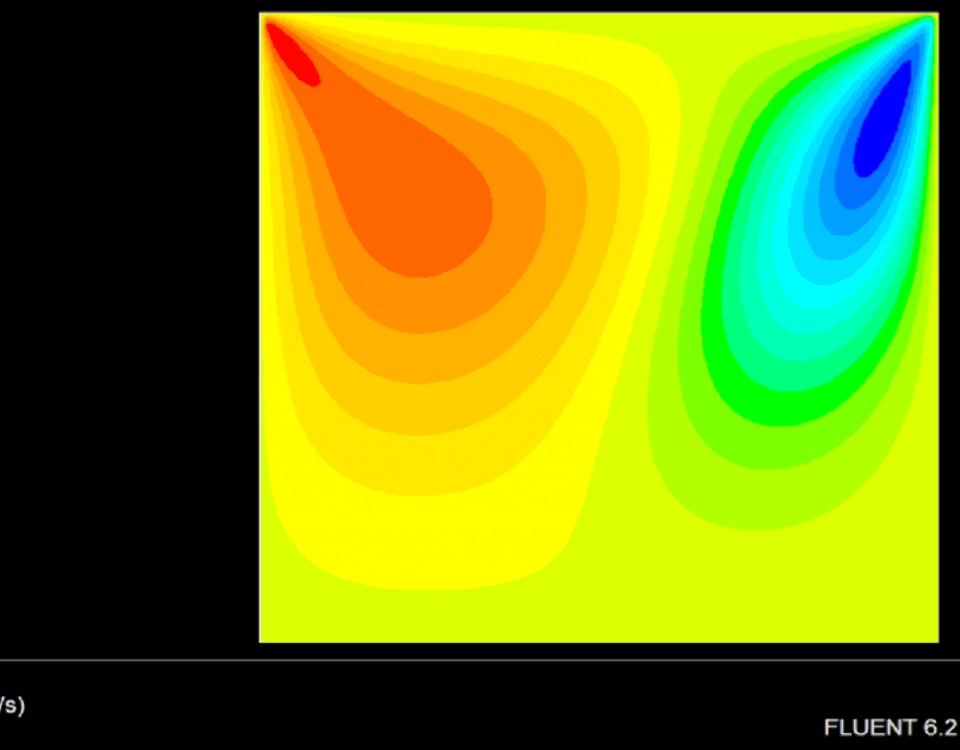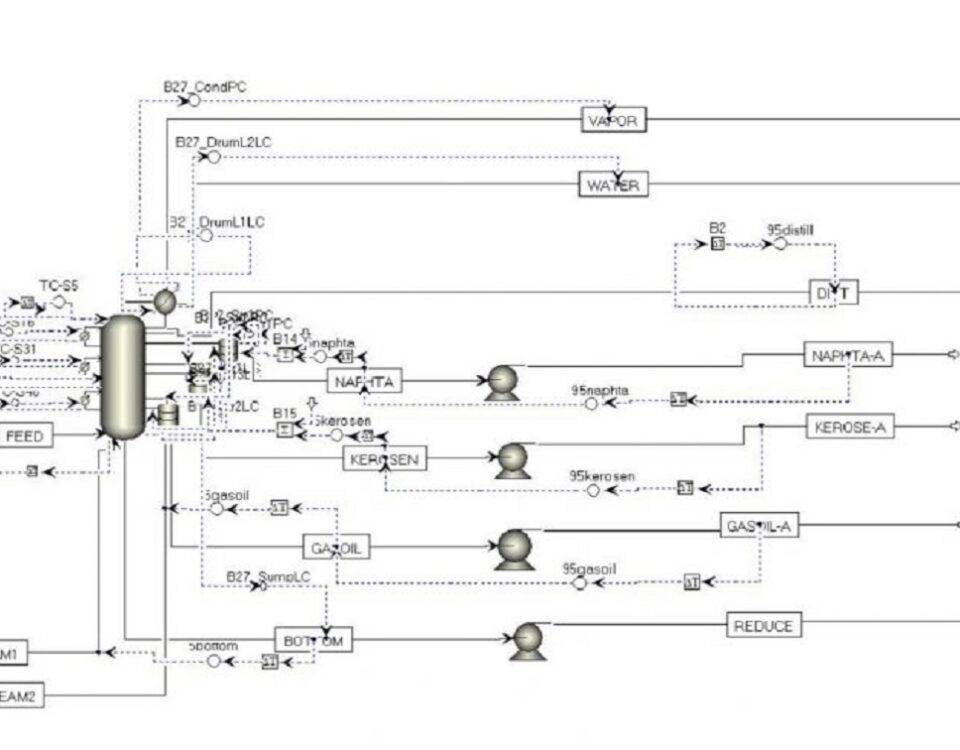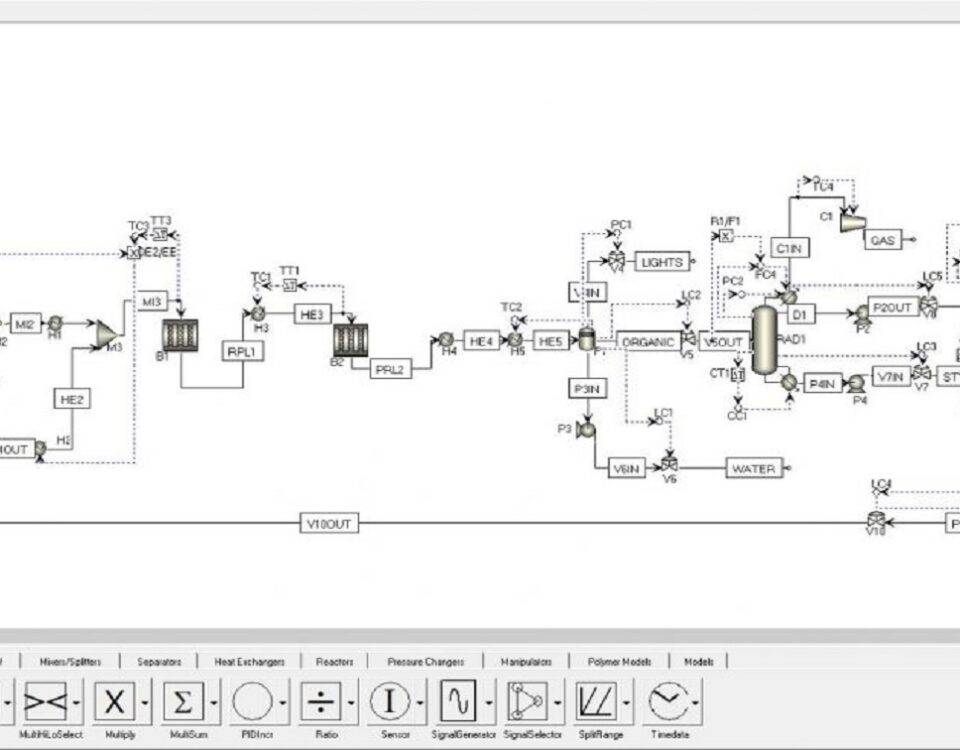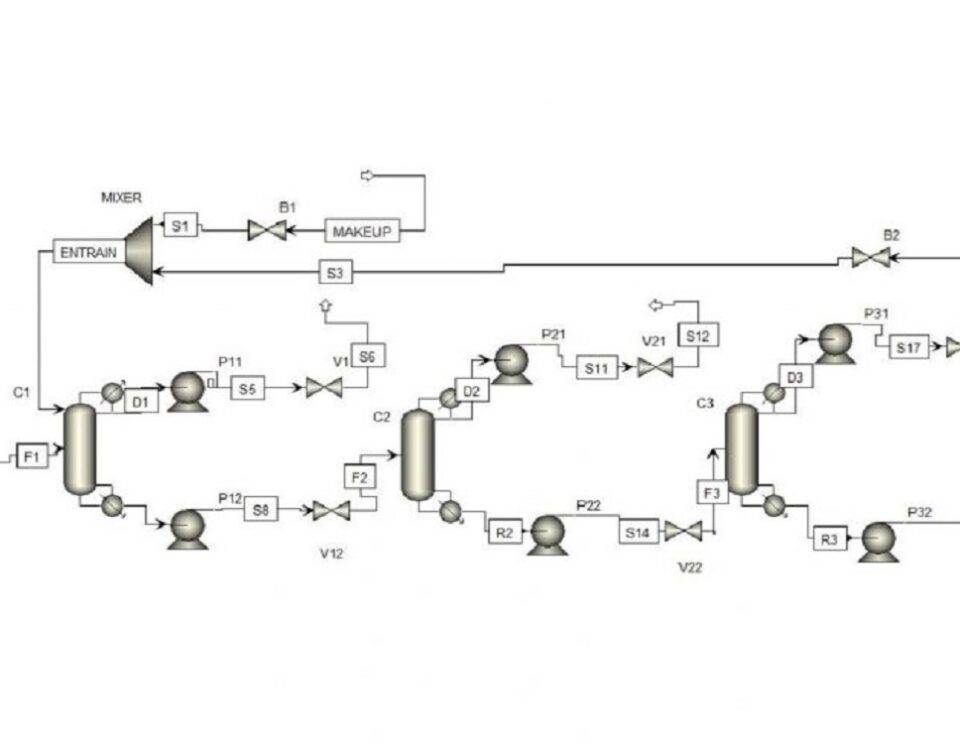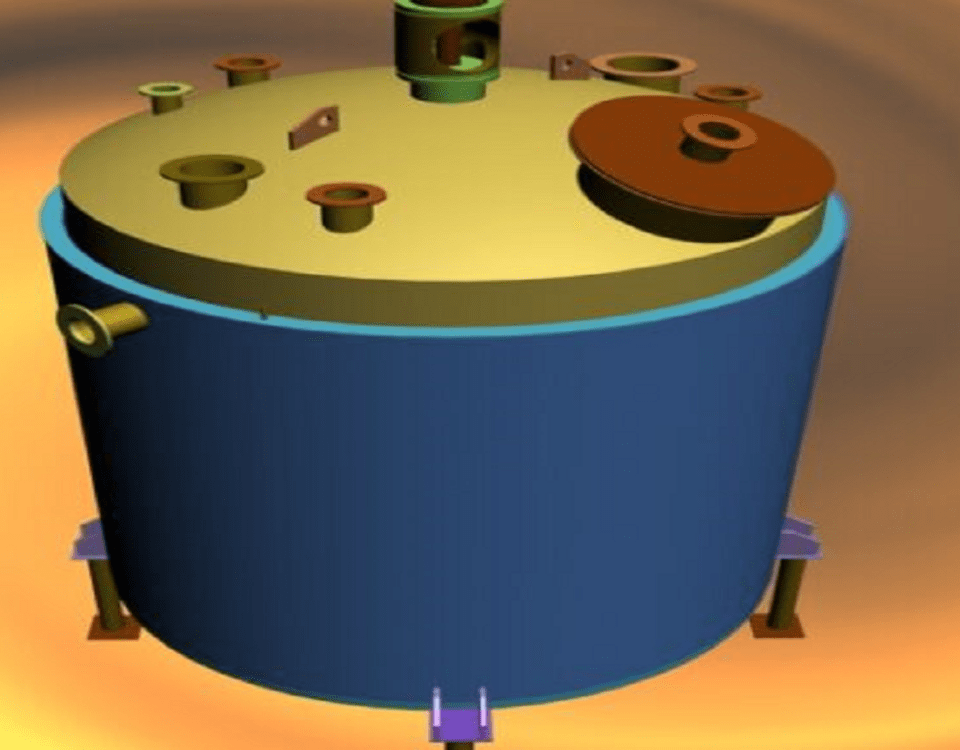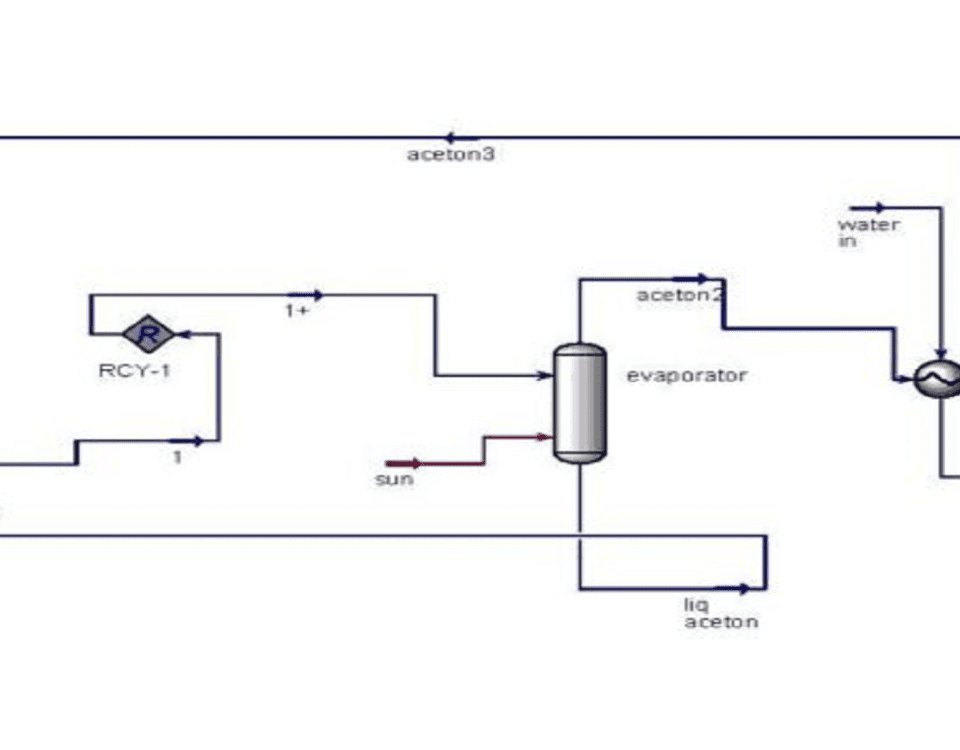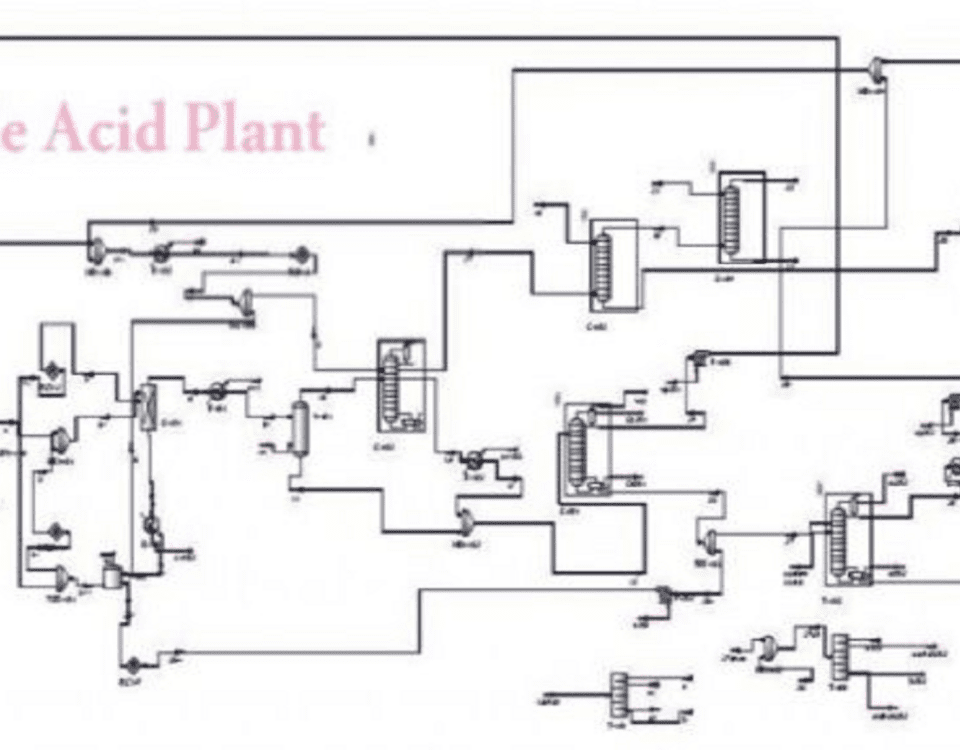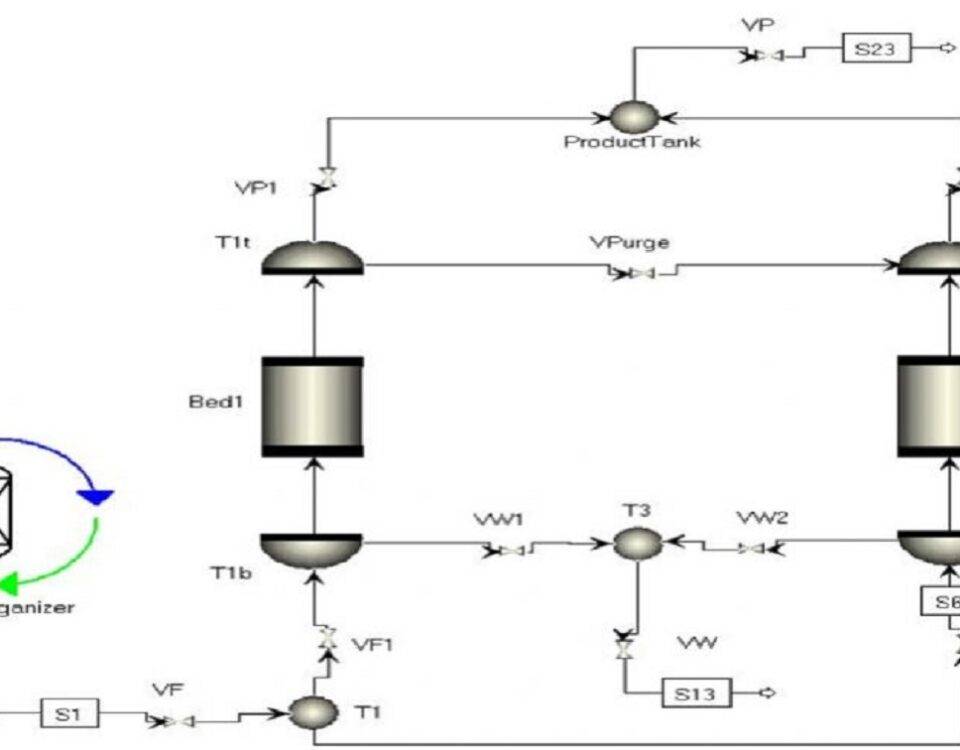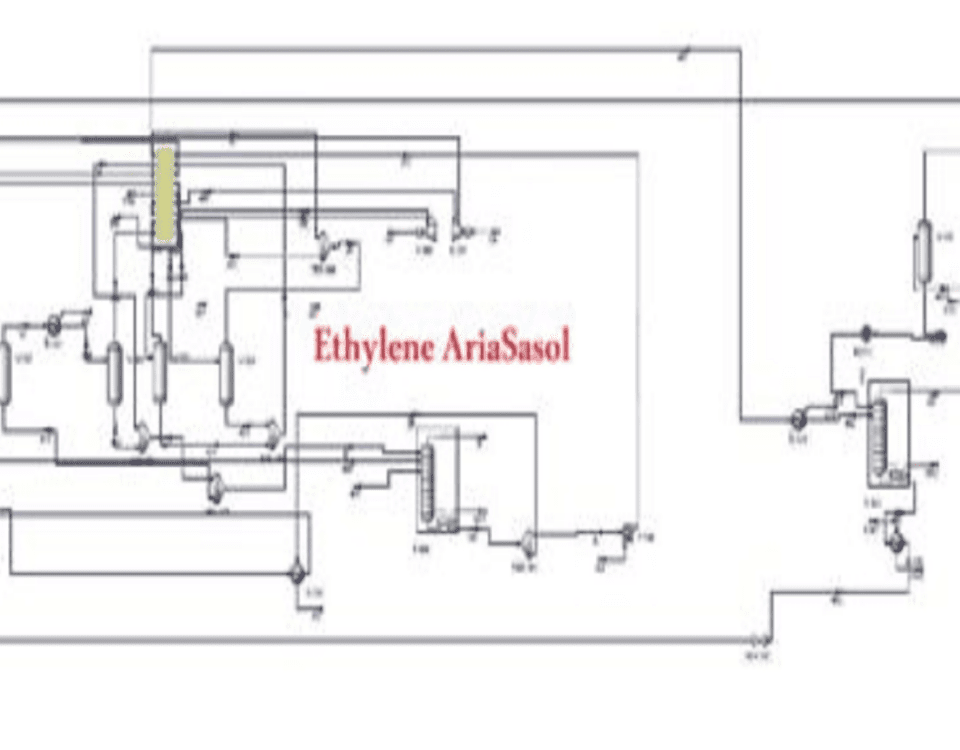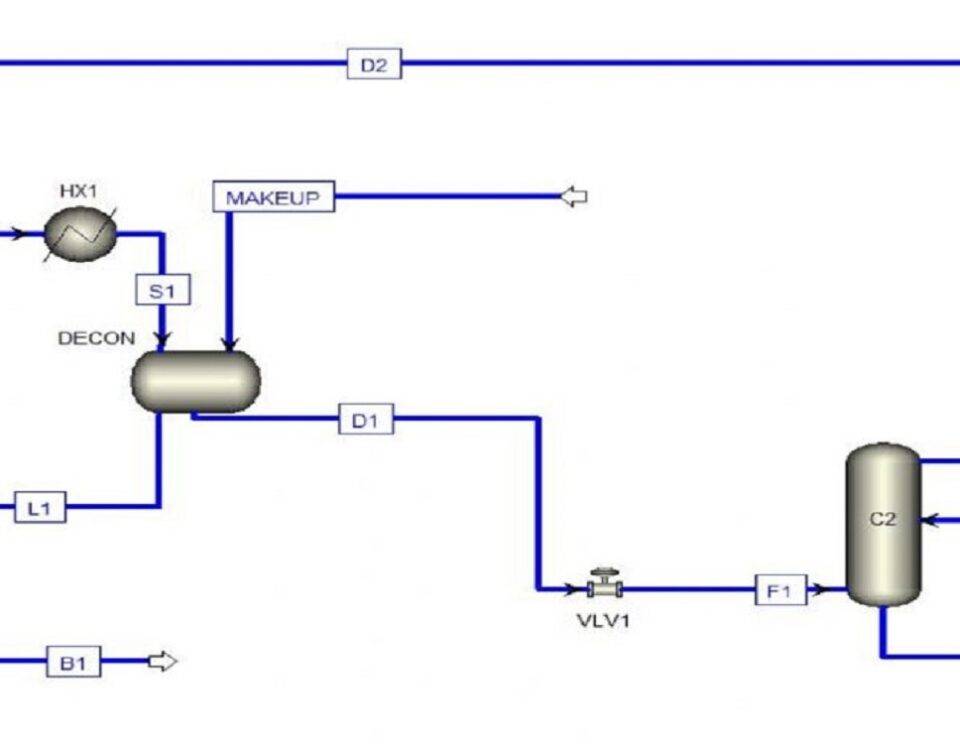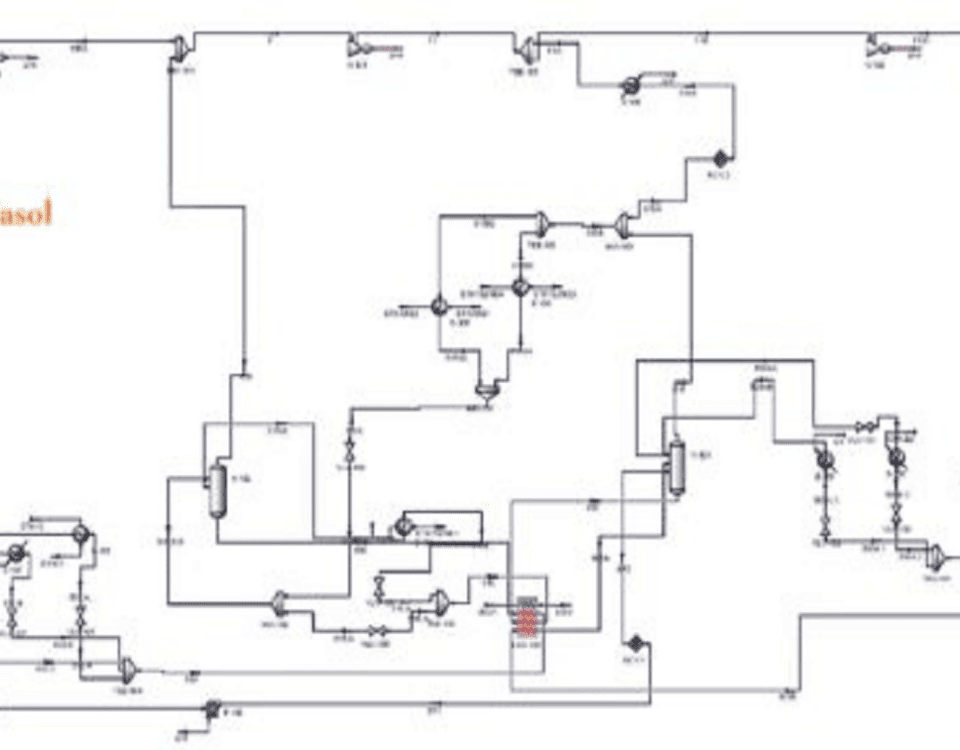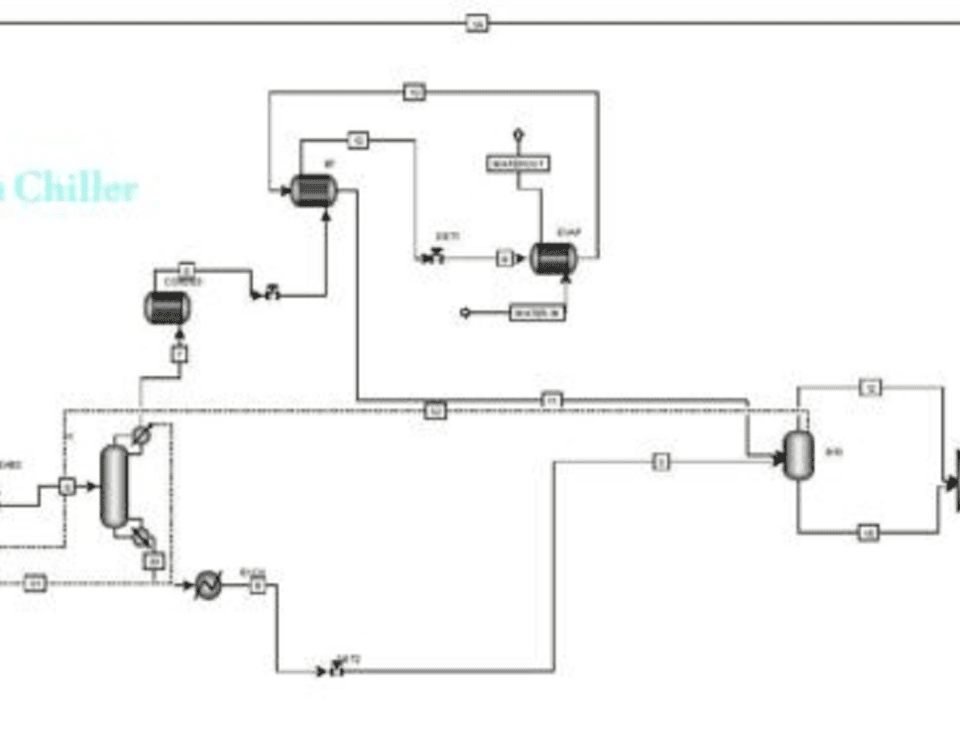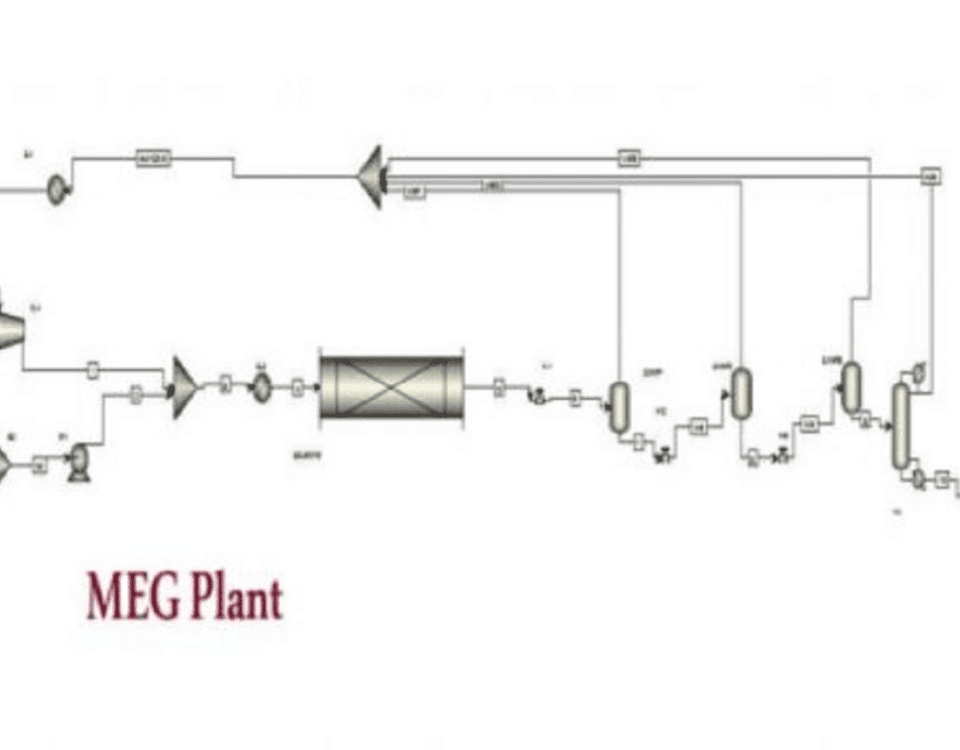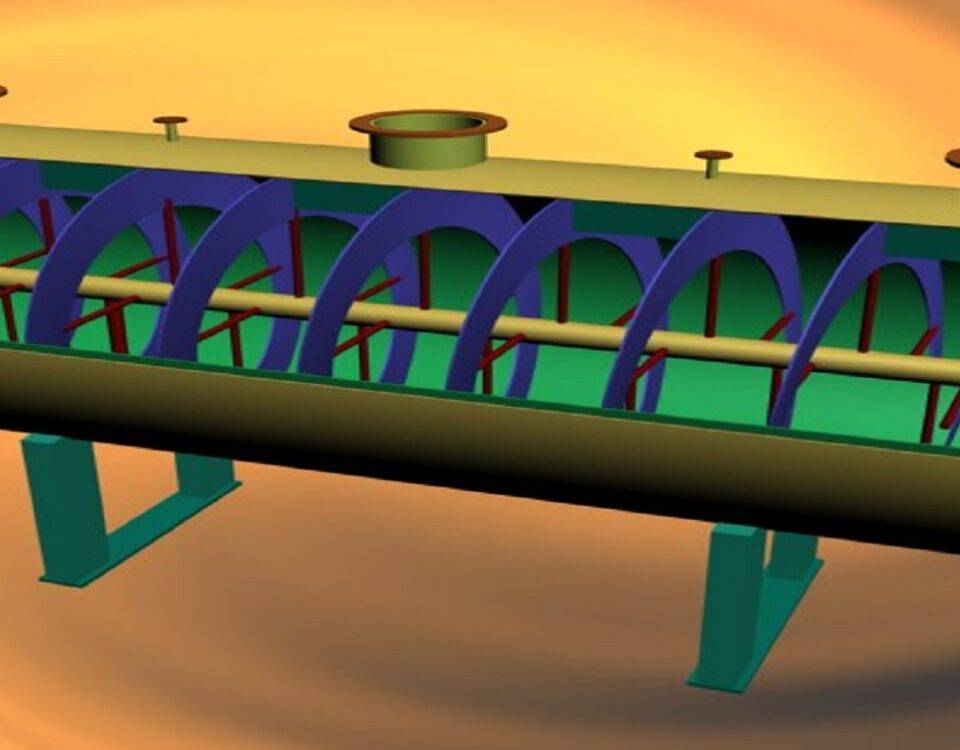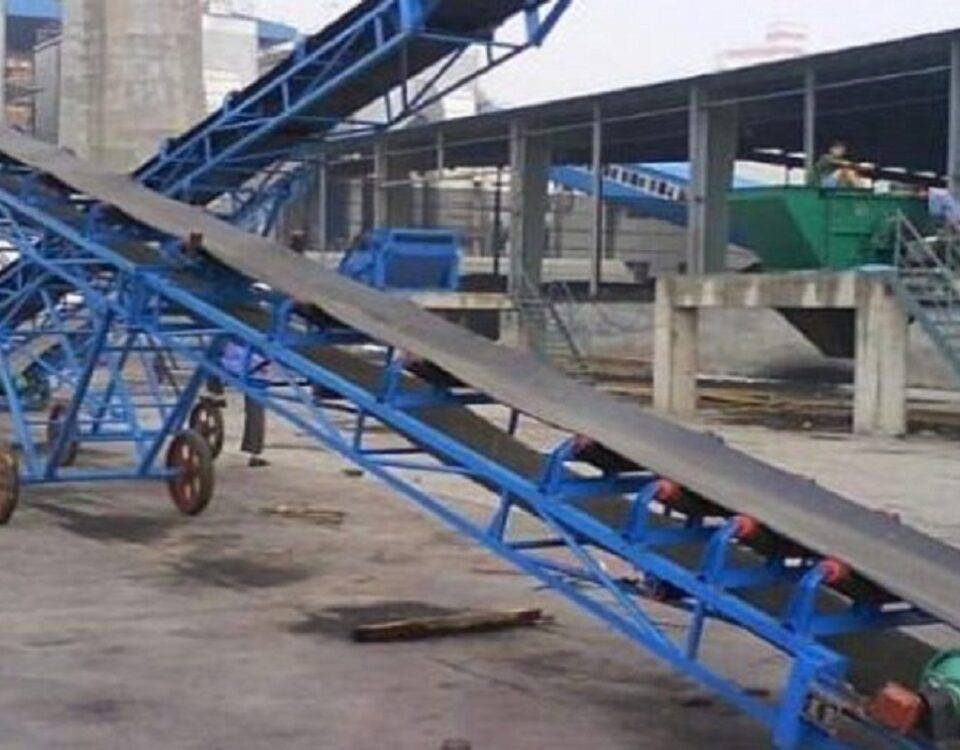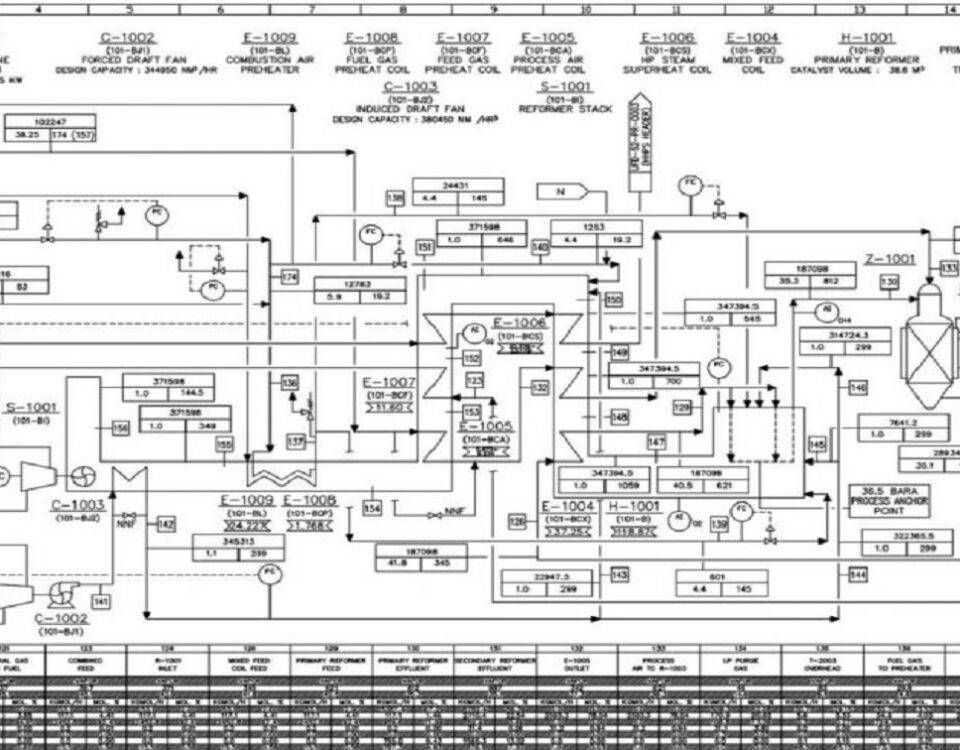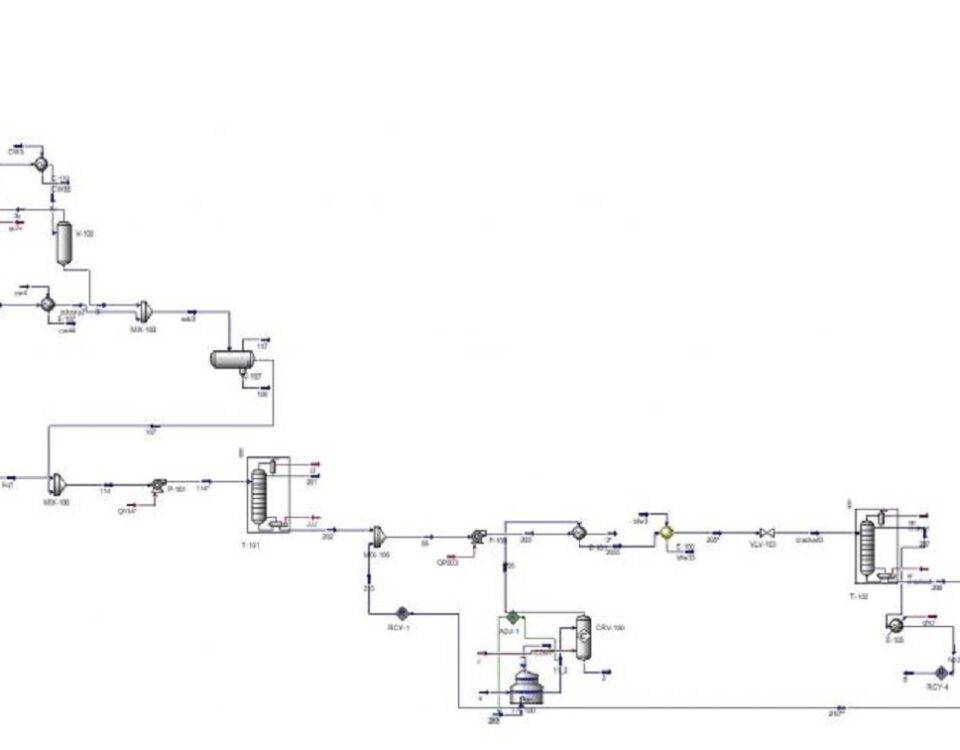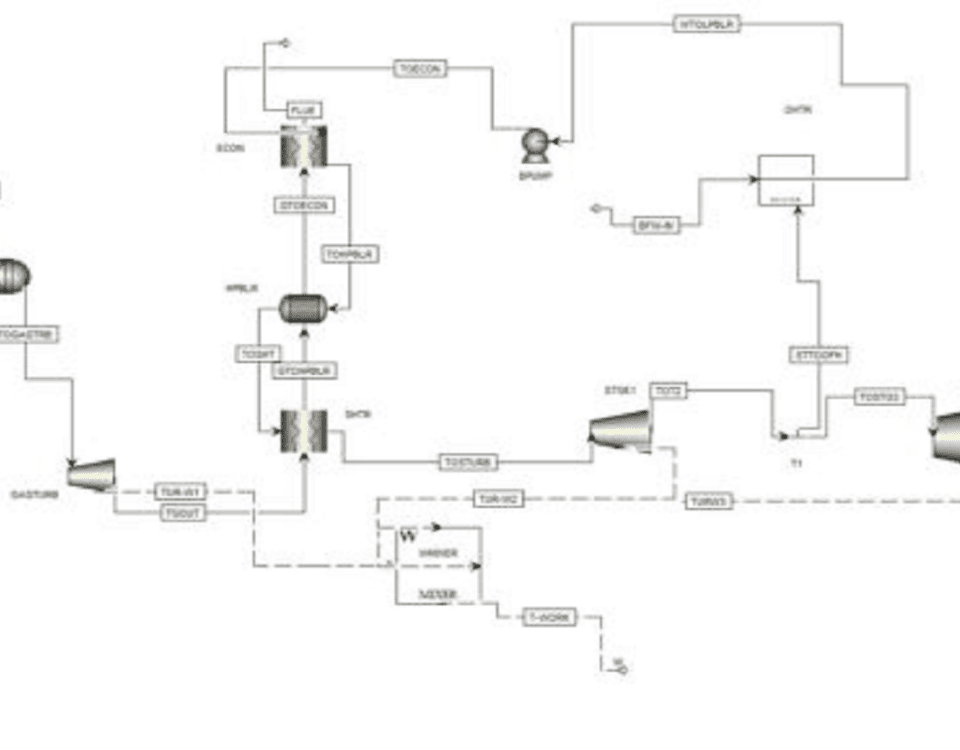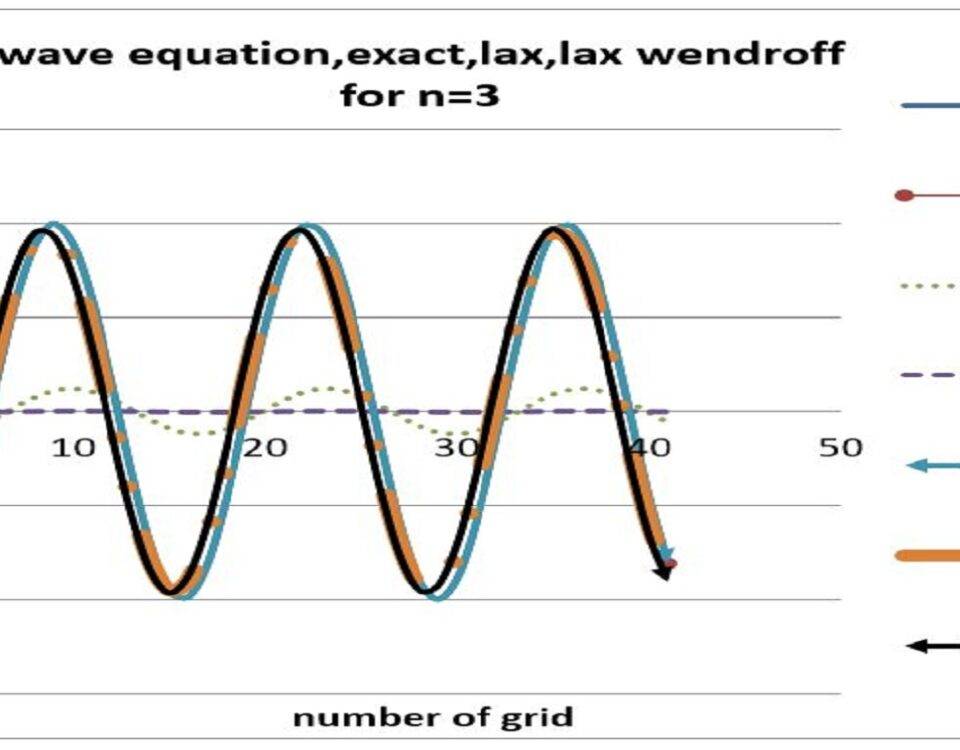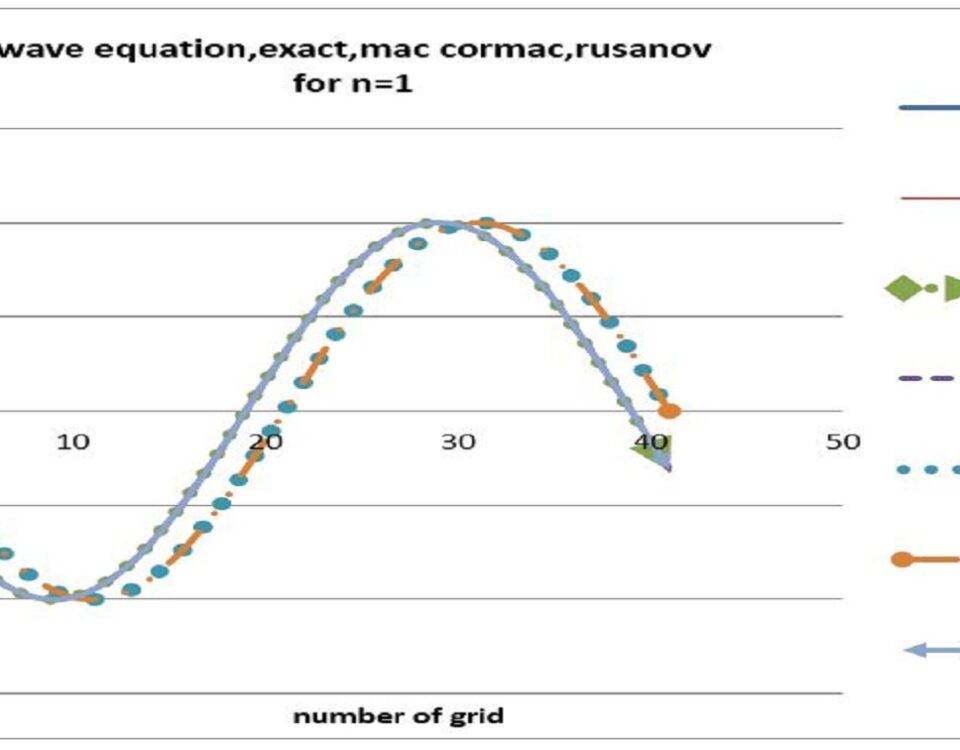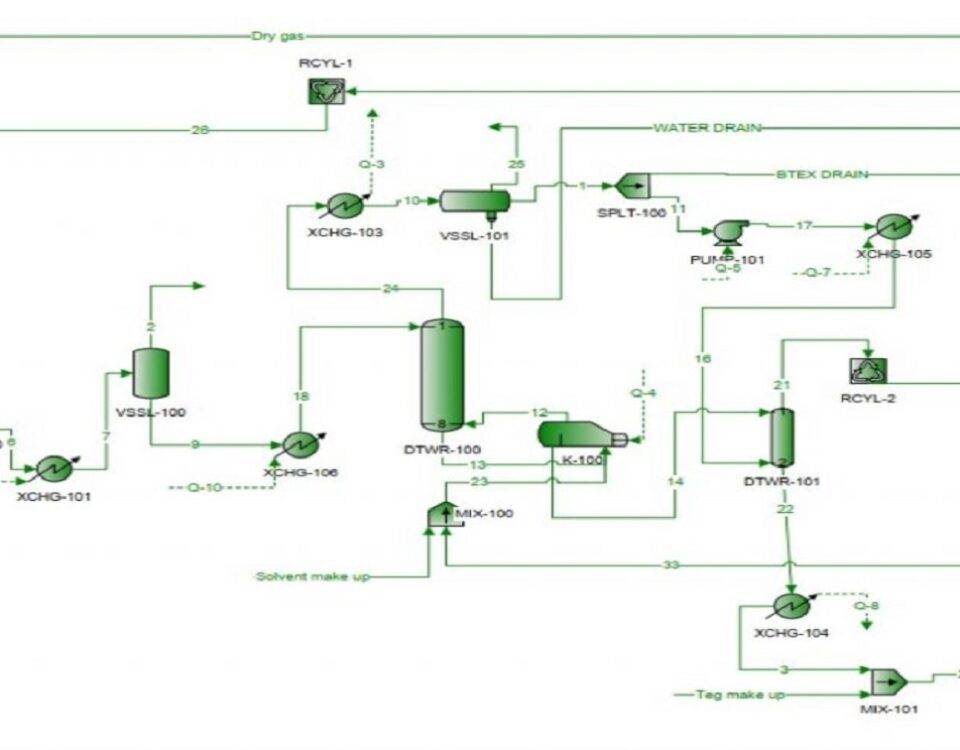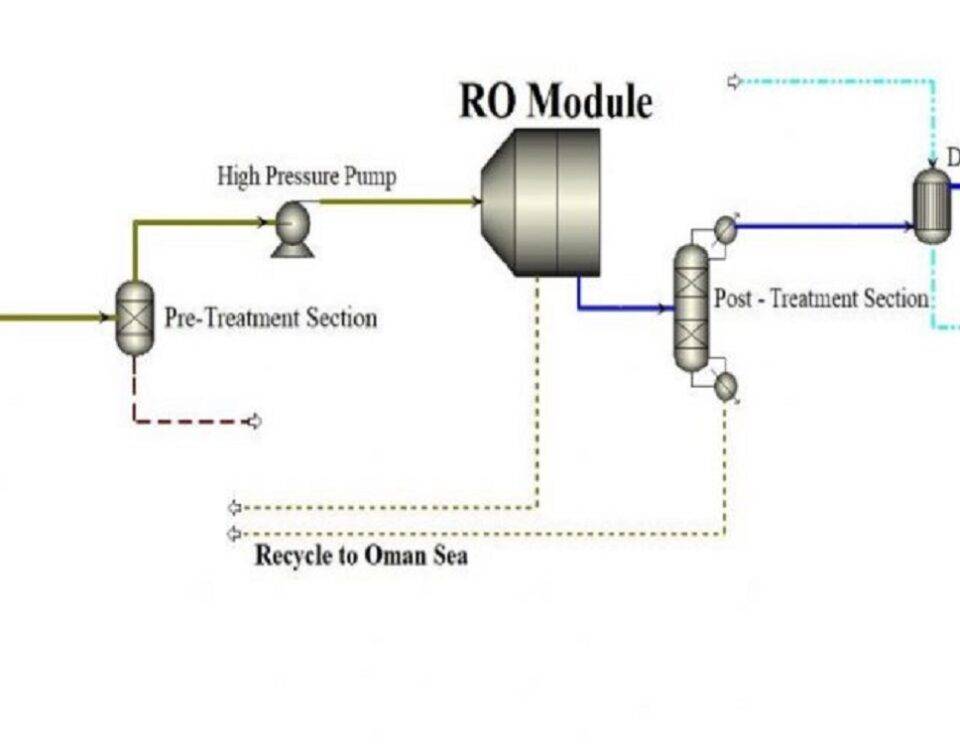
- Introduction Flow in a cavity with a movable lid, known as a “Lid Driven Cavity”. It is one of the classic and important problems in fluid […]
- Introduction Flow between two parallel planes with infinite depth is a classic problem in fluid dynamics. which is widely used in engineering and scientific analysis. Due […]
- Description The processes involved in shaping metal sheets are among the most critical manufacturing processes in the industry. The force required to shape metal sheets is […]
- Introduction Petroleum refining is essentially a series of physical and chemical changes applied to the input product of a refinery, which is crude oil, and its […]
- Introduction Styrene monomer is an aromatic hydrocarbon that, under normal conditions, is a clear, colorless, and flammable liquid. The conventional method for producing styrene monomer is […]
- Introduction Tetrahydrofuran (THF) is a colorless, flammable liquid with a distinctive ether-like odor. Classified as a polar ether, THF is a versatile solvent renowned for its […]
- Introduction This project focuses on designing a 5000-liter reactor specifically for nitrate salts, using AutoCAD software. Constructed from stainless steel S.S 316L, this reactor offers exceptional […]
- Introduction One of the latest advancements in this field is photovoltaic (PV) cells, which have the capability to convert solar energy into electrical power. To enhance […]
- Introduction Acetic anhydride, often represented by the chemical formula [CH3CO]2O and symbolized as Ac₂O, is a critical chemical compound extensively used as a raw material in various […]
- Introduction Pressure Swing Adsorption (PSA) has become a unit operation used for gas separation or purification. Given the increasing demand for hydrogen in oil refineries and […]
- Introduction Petrochemical units are fundamental components of the petrochemical industry, playing a crucial role in supplying raw materials for various products. Among these processes, ethylene recovery […]
- Introduction Ethyl acetate (ethyl ethanoate, acetic acid ethyl ester, or ethyl acetic acid) is a neutral, colorless liquid with a fruity, pleasant, and mild odor. Ethyl […]
- Introduction The petrochemical industry, as a key economic driver, produces essential raw materials used across various aspects of daily life. Within this sector, cooling processes play […]
- Absorption Cycles: Comprehensive Review and Significance Since their inception, absorption cycles have been widely studied by researchers worldwide, with extensive exploration of various configurations. Notably, absorption […]
- Description Monoethylene Glycol (MEG) is an organic compound belonging to the diol family, primarily used in the production of polyethylene terephthalate (PET) and as an engine […]
- Introduction The design of nitrate salt dryers in AutoCAD is a crucial stage in the production and processing of these materials. This design must be carried […]
- Description Conveyors are one of the most important material transfer equipment in various industries, playing a vital role in increasing productivity, reducing costs, and improving product […]
- Introduction The increasing demand for energy to support industrialization and modern lifestyles has led to a depletion of fossil and non-renewable fuel reserves. The consumption of […]
- Description The terms PVC and vinyl are commonly used not only to refer to polymers but also to all materials where polyvinyl chloride (PVC) is a […]
- Introduction Combined Heat and Power (CHP) and Combined Cooling, Heat, and Power (CCHP) plants have gained significant attention in recent decades as some of the most […]
- Description The wave equation is a partial differential equation that describes the behavior of waves in space and time. This equation has many applications in various […]
- Description Computational Fluid Dynamics (CFD) is a branch of engineering that uses numerical methods and algorithms to model and analyze fluid flow problems. The MacCormack and […]
- Introduction The simulation of the natural gas dehydration unit at the Farashband refinery using Aspen Plus. represents a significant step towards optimizing the efficiency and reliability […]
- Introduction Fresh water is of particular importance as one of the vital resources for the growth and development of human societies, especially in areas with a […]
